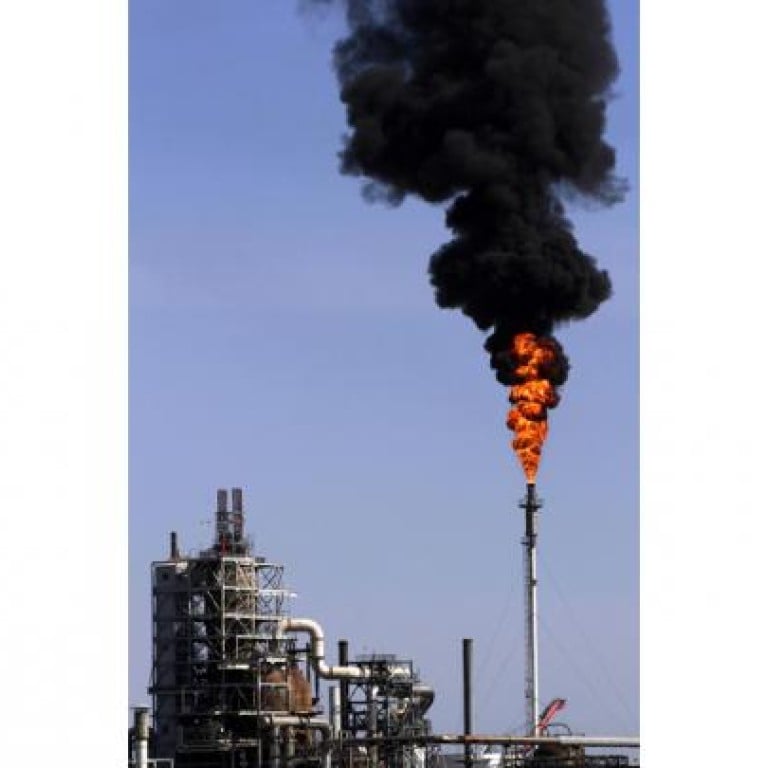
World Bank urges end to polluting gas flaring
Practice among oil giants contributes as much to climate change as a major economy like Italy
Gas flaring by oil and gas drillers contributes as much to climate change as the entire economy of Italy, according to data released by the World Bank, which called for an end to the practice.
While flaring to burn off excess gas at drill sites has been cut 30 per cent since 2005, US$50 billion worth of gas is still wasted annually, according to the World Bank.
New satellite analysis of the flares that commonly light the night skies in oil fields around the world suggests that bans and fines in some countries and the introduction of technology in newer oil fields has significantly reduced the pollution and waste in some countries but has failed in others.
Excess gas burned off by the flares can be costly or inconvenient to otherwise capture, so some drillers simply burn it off to avoid the risk of explosions.
According to the bank, Azerbaijan has cut flaring 50 per cent in two years and Mexico 66 per cent, while Kuwait now flares only 1 per cent of its excess gas. Other countries, including Qatar and the Democratic Republic of the Congo, now use large volumes of previously wasted gas to generate electricity.
The bank's estimates show that flaring was cut from 172 billion cubic metres a year in 2007 to 142 billion cubic metres last year. But most of the reduction came between 2005-07 and only six of the world's big 20 oil-producing countries managed to reduce flaring last year. Flaring by those 20 nations produced a greater global warming effect than all output by Italy, the bank said.
The figures show that the momentum to reduce flaring is now levelling off, with only 10 per cent overall cuts achieved by the world's top 20 emitters since 2007 despite pledges to drastically reduce the practice.
The US, ranked fifth for highest volume in the world's gas flaring league table, increased the amount it flared by nearly 50 per cent in 2010-11 and has nearly tripled the amount it flares in the past five years, largely because of shale oil developments in places like North Dakota. Russia, by far the greatest flarer, burned off 37.4 billion cubic metres of gas last year, 1.8 billion cubic metres more than the previous year.
The bank urged countries and companies to reduce flaring by at least 30 per cent over the next five years.
"It's a realistic goal. Given the need for energy in so many countries - one in five people in the world are without electricity - we simply cannot afford to waste this gas any more," said Rachel Kyte, World Bank vice-president for sustainable development.
"The direction of travel is right but whether it is at the speed or pace needed is another matter. But no country now does not want to wrestle with this issue."
Oil companies agreed that the waste of the gas that could be used for power was a problem, but said it took time, money and technology, as well as infrastructure developments by host countries, to make cuts.
